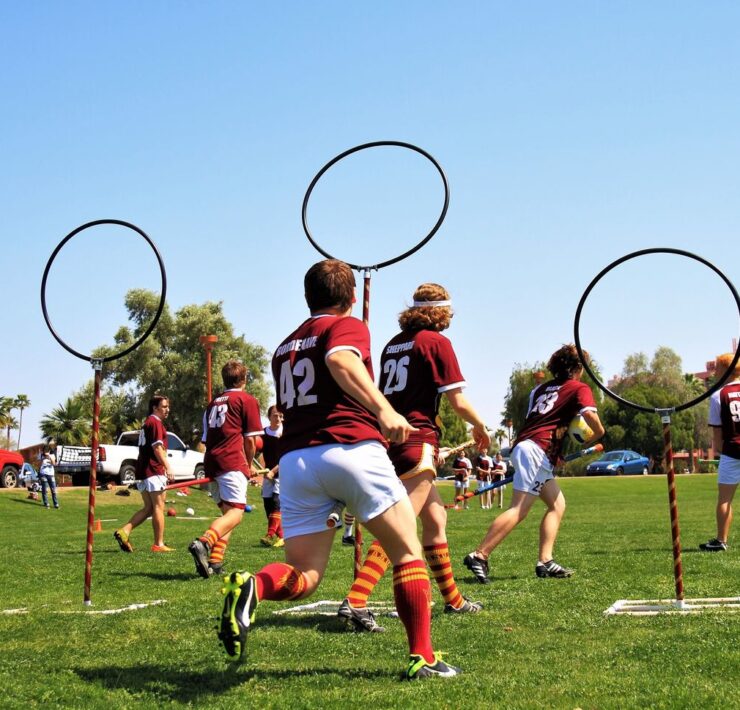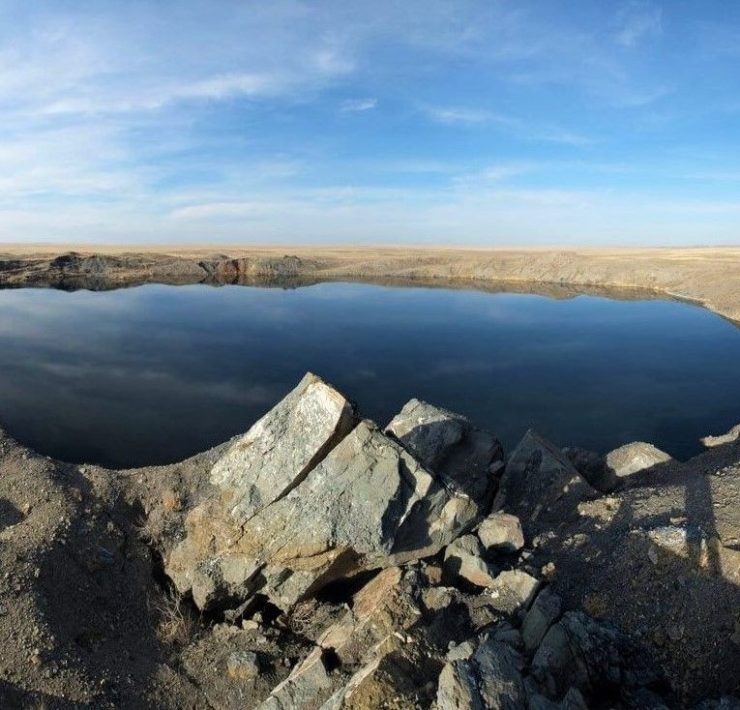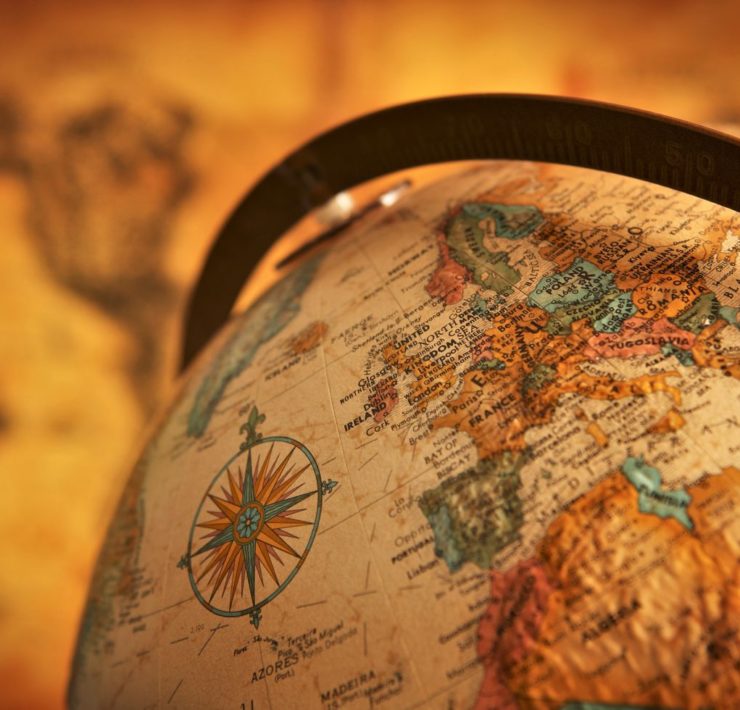Wanna go island hopping in the Philippines? The country has 7,107 islands and it’s your choice whether you want to see white-sand beaches, turquoise seas, naturally-crafted caves, or scenic mountain (or even volcano) trails. But before diving in its seas or eagerly asking to try the exotic balut, know more about the things that can surprise you if it’s your first time visiting the Philippines. Here are the 10 things you should know about the Philippines and its people:
1. Close Family Ties
Filipinos highly value the presence of their families more than anything. When you say that the family is closely tied, it doesn’t only mean that closeness is limited between the parents and the children – it also includes relatives. It’s not surprising to see extended families in Filipino homes for young sons or daughters still stay home with their parents until they get married. After marriage, it’s their decision if they want to stay in the same house with their parents or move to another to start their own family. Moreover, bringing old family members to nursing homes isn’t a norm in the country so the Filipino elderly enjoy most of their time with their sons/daughters and grandchildren taking care of them.
2. Pasalubong
Every time a Filipino goes on a trip – whether he goes to a nearby city or another country – buying a pasalubong before going home should never be forgotten. Pasalubong are “souvenirs”, “keepsakes” or “presents” bought from another place (out of town) that someone who just traveled gives to family members or friends. Filipinos in other countries can buy bags of souvenirs like keychains, refrigerator magnets, or shirts as pasalubong and when coming home, it’s not unusual to see huge boxes full of pasalubong at the airport. The Filipino gesture of giving pasalubong is a sign that loved ones are always remembered even when they’re not together – even if it’s just for just a few days.
3. “Tabo” Culture
When going inside a common Filipino toilet, you’ll see a water dipper and a bucket of water. The water dipper is locally called as the “tabo” which locals use to wash their behind with water and bare hands. Usually the right hand holds the “tabo”, you scoop water from the bucket with it, and you wash your behind with the help of your left hand. Filipinos don’t really like dry wiping so this is done instead. (They wash their hands after so don’t worry.) Other than that, the must-have pair are also used for bathing and when cleaning the tile floors.
4. Pinoy Pride
You might see this phrase in the comments section when it comes to articles that talk about the good things of the Philippines and the achievements of Filipinos. The phrase, “Pinoy pride” is used as solid proof to tell everyone that a certain event or story has made a Filipino proud of his country and fellow countrymen. Be it in international singing contests, beauty pageants, sport competitions, or just a simple praise to a Filipino from a foreigner – these are all valid reasons why a Filipino automatically types in “Pinoy pride” or “I’m proud to be a Filipino”. But of course, this patriotism can be too much that some Pinoys (Filipinos) hate it for being said on almost any type of achievement as long as there is a Filipino involved and act like the other person’s success (usually international success) is all because of the fact that they are purely Filipino or even vaguely declared as a Filipino.
5. Pointing With LipsYou
You, as a traveler who’s experiencing the Philippines for the first time, will probably ask for directions during the trip. Ask a Filipino about directions and you might get a pout with raised eyebrows as an answer. No. The person giving quick directions doesn’t want to kiss you. Instead, follow the lips of the answerer and see where it is pointing. They also use their index fingers for pointing places or objects but pointing using the lips comes out naturally from a Filipino. It’s a discreet way of pointing something especially when it’s for something you don’t want other people (besides the person you’re talking to) to know.
6. Different Dialects
The Philippines has 7,107 islands and that’s a good reason to understand why the country doesn’t only have one kind of language used daily. A total of 175 native languages are spoken in the country which includes the widely used Filipino (Tagalog-derived) language. There are 13 indigenous languages used in the Philippines with at least one million native speakers. Some of these common languages are Cebuano, Ilokano, Kapampangan, and Bikol.
7. Jeepneys, Tricycles, Pedicabs
Usual public transportation you can think of are buses trains, and taxis, but in the Philippines they have more to offer than those three common vehicles. First, there’s the jeepney. Jeepneys are the most common and cheapest form of public transport throughout the many islands of the Philippines. They are not air-conditioned but they are like buses-slash-taxis that can slow down and stop on the desired place of the passenger who says “Para” (“Stop”). Next are the tricycles which are motorcycles with a side car for passengers. Tricycles act like taxis that take you to narrow streets in short distances where buses or jeepneys aren’t allowed. Last are the pedicabs which are synonymous to rickshaws. A pedicab is almost like a tricycle but operated by cycling and it’s definitely tougher for the driver because there’s a passenger (maximum of 2) on the side.
8. Filipino Time
When it comes to time management, most Filipinos are known for being “flexible” in their commitments. Flexible here basically means a discussed schedule may not be totally followed and being late is normal. It’s not uncommon to make an appointment then wait for minutes to hours to finally scratch off that appointment in your to-do list just because the person you ought to meet was late. This frustrates foreigners who are often punctual. Is it because Filipinos lived with the Spanish concept of siesta or is it because they’re just naturally carefree? Whatever the reason is, Filipino time is seen as an ugly trait not only by foreigners but also by Filipinos themselves.
9. Basketball
Without a doubt, basketball is the most popular sport in the Philippines. Proof? Basketball courts are everywhere. And these aren’t only the shiny, squeaky-clean-floored indoor courts for you’ll see improvised outdoor courts and hoops on every corner. They play it anytime, anywhere, and almost any guy knows how to play it (40% of the population knows how to play basketball). If they’re not playing then guess what? They’re at home with their families and friends waiting for their favorite professional basketball games like the NBA and the local PBA to air on their TVs.
10. Sensitive
Most Filipinos can be proud (remember number 4?) when they are praised or whenever a fellow Filipino becomes famous abroad. But when it comes to criticisms or jokes, it seems Filipinos don’t take these things lightly. When a foreigner makes a comment that puts the Philippines or the Filipinos in a bad light, a strong backlash from Filipinos is expected. Non-Filipino celebrities have been criticized and were even asked for a formal apology. In relation to sensitivity, Filipinos tend to sugar-coat and beat around the bush when giving out their honest thoughts so they won’t embarrass others and this can be frustrating for those who are used to the direct approach.
When On Earth Magazine is for people who love travel. We provide informative travel guides, tips, ideas and advice regarding places to see, things to do, what to taste, and much more for world travelers seeking their next dream vacation destination.






